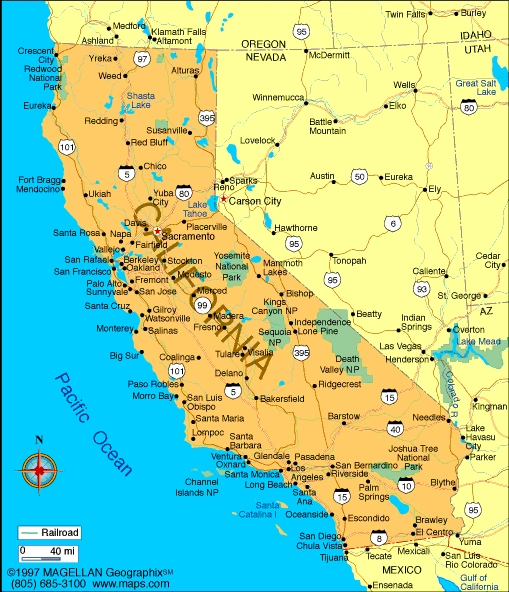San Jose (California) - geography.
Publié le 04/05/2013

Extrait du document


«
The San Jose metropolitan area is an economic powerhouse.
It is the single most important high-technology center in the United States, specializing in aerospace andcomputer technology.
Assisting in the area’s steady innovation is its many venture capital firms, which loan money to entrepreneurs starting new companies.
It isestimated that the region contains one-half of the leading venture capital firms in the world.
Among the nation’s largest companies in the San Jose metropolitan regionare Intel, the world leader in making microprocessors and headquartered in Santa Clara; Apple Computer, maker of computer hardware and software, in Cupertino;Hewlett-Packard, manufacturer of diverse electronic equipment, in Palo Alto; and Sun Microsystems, computer developer, in Mountain View.
Other major employersinclude the missiles and space division of Lockheed Martin, International Business Machines (IBM), and National Semiconductor.
Once known as “The Valley of Heart’s Delight,” the greater San Jose area continues to be an important agricultural region.
It produces fruits, nuts, vegetables, and cutflowers.
The many wineries in the area produce wines sold worldwide.
Transportation links to San Jose include San Jose International Airport, located a short distance northwest of downtown.
Local bus and light-rail service providesconnections to the Bay Area Rapid Transit (BART) system.
Four major freeways converge in San Jose.
VII GOVERNMENT
San Jose has a council-manager form of government, in which the council sets policy and hires a professional manager to oversee day-by-day city operations.
The 11-member city council consists of a mayor elected citywide and 10 council members elected by district.
Voters elect the mayor and other members of the council to serveno more than two four-year terms.
VIII HISTORY
The Ohlone people lived along the shores of San Francisco Bay for more than 1,000 years before the arrival of the first white settlers.
In 1777 José Joaquin Moragafounded the pueblo of San Jose, the first civil settlement in what is now the state of California, as a farming community to supply food to the military presidios (forts) inSan Francisco and Monterey.
San Jose grew slowly during its early years.
San Jose boomed following the takeover of California by the United States in 1846 and the discovery of gold in the Sierra Nevada in 1848 ( see California: History ).
Its population reached 3,000 by 1850, the year the city was incorporated.
San Jose served as the state’s first capital from 1849 to 1851, a distinction it lost because thecity’s accommodations were so poor.
During the second half of the 19th century, San Jose developed as the center of a flourishing agricultural region.
Prunes becamethe valley’s biggest crop, but other orchard species fared well, too, leading to the establishment of canneries and fruit-drying operations.
In the second half of the 20th century, the greater San Jose area underwent a fundamental change.
It shifted from a rural and agricultural region to one that wasincreasingly industrial and urban.
Its leading industries became aerospace and electronics.
San Jose annexed nearby lands as the valley’s population grew.
The cityincreased in area from 44 to 407 sq km (17 to 157 sq mi) between 1950 and 1980.
The growth of the region’s industries fueled concerns about air pollution, toxic waste disposal, and competitiveness.
Controlling growth became a major issue in localpolitics.
In 1973 voters adopted a measure to limit growth and the following year a new mayor was elected on a slogan of “making San Jose better before making itbigger.” Subsequent redevelopment projects revitalized the downtown area.
Cutbacks in federal spending for defense and aerospace in the 1990s were a severe blowto the region’s economy.
Local firms, dependent on federal contracts, sought new ways to employ their productive capacities for peacetime purposes.
Contributed By:James J.
RawlsMicrosoft ® Encarta ® 2009. © 1993-2008 Microsoft Corporation.
All rights reserved..
»
↓↓↓ APERÇU DU DOCUMENT ↓↓↓
Liens utiles
- San Jose (California) - geography.
- Debating Sports Records Mark Purdy, sports columnist for the San Jose Mercury News in California, compiles a list of sports records that he believes will never be broken and a separate list of records that he thinks are soon to be eclipsed.
- Debating Sports Records Mark Purdy, sports columnist for the San Jose Mercury News in California, compiles a list of sports records that he believes will never be broken and a separate list of records that he thinks are soon to be eclipsed.
- San Jose.
- San Francisco - geography.


